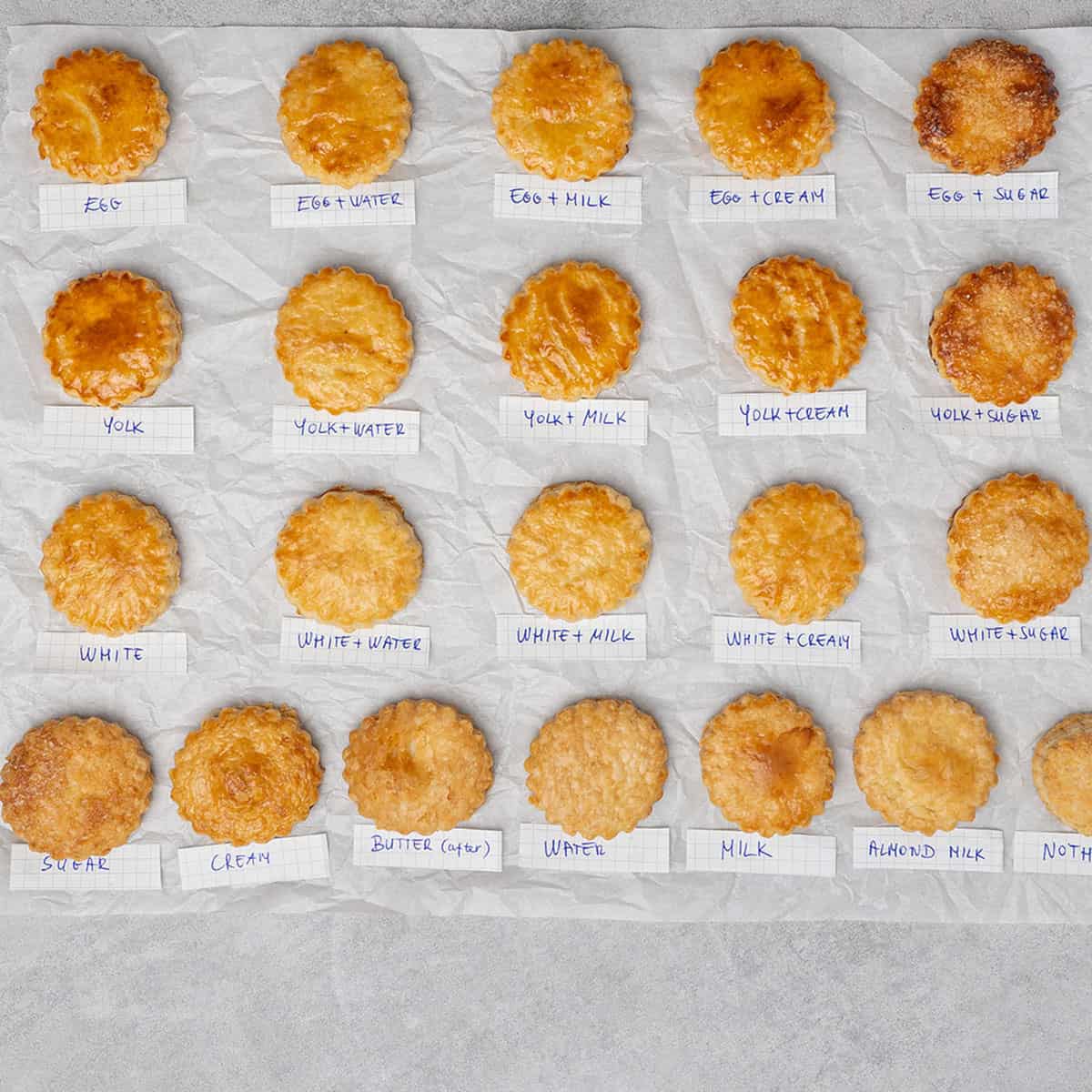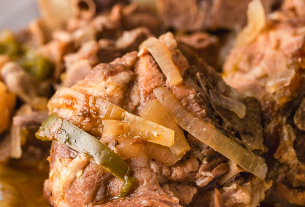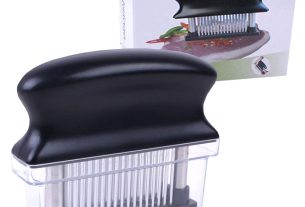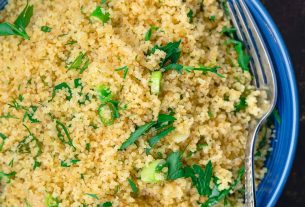Have you ever wondered how bakers achieve that perfect golden sheen on top of their delicious pastries and breads?
Look no further!
In this guide, we will unravel the secret to culinary wonders with a simple yet powerful ingredient: the egg wash.
Get ready to learn the step-by-step procedure of creating this magical mixture, giving your baked goods that irresistible allure.
And the best part?
Say goodbye to food waste and hello to proper hygiene practices.
Let’s dive into the incredible world of egg wash recipes!
egg wash recipe
An egg wash recipe is a mixture of eggs and a liquid that is applied to dough before baking to give it a golden-brown color and a glossy appearance.
The choice of liquid used, such as water, milk, or cream, can affect the browning and gloss effect.
Using a whole egg with water produces golden-brown results with some gloss, while using heavy cream yields deeply golden-brown results with more shine.
An egg white with water provides a light golden color and a gloss, while an egg yolk with water gives a deep golden color.
Milk or cream can further enhance the color and gloss.
To use an egg wash, simply brush the mixture evenly onto the baked goods using a pastry brush, making sure to avoid pooling around the base or on the surface for an even look and taste.
It is recommended to use a silicone brush for easy clean-up and to wash the brush thoroughly after use due to the presence of raw eggs.
It’s also important to follow the indicated baking time in a recipe for best results.
If only using the egg white or yolk for the egg wash, the rest of the egg can be used for scrambled eggs to minimize food waste.
Key Points:
- Egg wash is a mixture of eggs and a liquid applied to dough before baking for color and gloss.
- The choice of liquid affects the browning and gloss effect.
- Different combinations of eggs and liquid produce different shades of golden-brown and levels of shine.
- Milk or cream can enhance the color and gloss.
- Apply the egg wash evenly using a pastry brush, avoiding pooling for an even look and taste.
- Use a silicone brush for easy clean-up and wash thoroughly after use due to raw eggs.
egg wash recipe – Watch Video
💡
Pro Tips:
1. The practice of using an egg wash dates back to the Renaissance era in Europe, where it was used to enhance the shine and color of pastries and breads.
2. While most egg wash recipes call for using whole eggs, you can achieve a lighter finish by using just the egg whites for a glossy effect, or just the egg yolks for a richer color.
3. Adding a pinch of salt or sugar to your egg wash can help control the browning process and create a more appealing and even color on your baked goods.
4. In addition to giving a beautiful golden brown crust, an egg wash also acts as a natural adhesive, helping toppings like seeds, nuts, or sugar to stick to the surface of your baked goods.
5. An alternative to using eggs in an egg wash is a mixture of milk or cream and honey, which can provide a similar glossy finish and adds a touch of sweetness to your baked goods.
Step-By-Step Procedure For Making An Egg Wash Mixture
Creating an egg wash mixture is a simple process that involves a few key ingredients and a little bit of effort. Follow these step-by-step instructions to make the perfect egg wash for your baking needs.
-
Crack the desired number of eggs into a bowl. The number of eggs will depend on the quantity of baked goods you are planning to brush with the egg wash. For larger batches, use more eggs accordingly.
-
Whisk the eggs gently to break down the yolks and whites, ensuring a uniform consistency throughout the mixture.
-
Once the eggs are well-whisked, you can choose to use the whole egg, just the egg yolk, or only the egg white for your egg wash. The choice will depend on the desired color and gloss effect you wish to achieve.
-
If using the whole egg, separate the yolk from the egg white before whisking. Set them aside for later use.
-
After separating the egg yolk and white, you can add water, milk, or cream to the whisked eggs. The liquid choice will also influence the final result of your egg wash—more on this in the following sections.
-
Mix the liquid with the whisked eggs until well combined. The consistency of the egg wash should be thin enough to brush onto the dough easily but not too runny.
Now that you have prepared the egg wash mixture, it’s time to explore the various options for the egg wash liquid and understand their impact on the browning and gloss effect.
Different Options For Egg Wash Liquid
The choice of liquid used in the egg wash mixture is key to the final outcome of your baked goods. Let’s explore the different options available and the results they offer.
-
Water: Using water will give your baked goods a light golden color and a glossy appearance. It’s a great choice if you want a subtle shine that won’t overpower the other flavors.
-
Milk: Adding milk to the egg wash enhances the color and gloss even further. It creates a slightly richer hue and a more pronounced shine. This option works well for pastries and breads.
-
Cream: For a truly indulgent finish, consider using heavy cream in the egg wash. This choice yields deeply golden-brown results with an intense shine. The cream will give your baked goods a luscious appearance.
By understanding the effects of different liquids in the egg wash, you can choose the ideal option for your specific baking needs. Remember that regardless of the liquid you choose, applying the egg wash evenly is essential for achieving a professional look.
Applying Egg Wash With A Pastry Brush
- The Importance of Regular Exercise
- Regular exercise is crucial for maintaining good health and overall well-being. It offers numerous benefits for both the mind and body.
- Physical activity helps in reducing the risk of chronic diseases like heart disease, diabetes, and certain types of cancer. It also helps in managing weight by boosting metabolism and burning calories.
- Moreover, exercise plays a vital role in strengthening the immune system, improving bone density, and enhancing muscle strength. It also lowers the risk of age-related conditions like osteoporosis and arthritis.
- Beyond the physical benefits, regular exercise has a positive impact on mental health as well. It reduces symptoms of anxiety and depression, improves mood, and promotes better sleep patterns. It also enhances cognitive function and memory, helping to prevent age-related cognitive decline.
- Incorporating exercise into daily routines can be achieved through various activities such as walking, running, cycling, swimming, or participating in sports. It is important to find an activity that is enjoyable and sustainable in order to maintain a consistent exercise routine.
- In conclusion, regular exercise is crucial for maintaining good health and should be prioritized in our daily lives. The combination of physical and mental benefits makes it an essential aspect of a healthy lifestyle.
💡
You may need to know these questions about egg wash recipe
What is a proper egg wash?
A proper egg wash consists of beaten egg combined with a touch of liquid such as water, milk, or cream. This mixture is gently whisked until well blended and then applied to the surface of baked goods just prior to baking. The purpose of an egg wash is to give the baked item a glossy and appealing finish, while also helping to promote browning and enhance flavor. The choice of using whole egg, yolk, or white depends on the desired result, as each provides distinct characteristics when applied as a wash.
Is egg wash better with milk or water?
Using milk as an egg wash can add a hint of richness to the baked goods, resulting in a slightly creamier and softer texture. On the other hand, water-based egg washes might yield a crisper finish. Ultimately, the choice between milk or water depends on personal preference and the desired effect in terms of color and texture. Experimenting with different washes, such as a mix of milk and water, can provide even more variations to suit individual tastes.
How do you make egg wash if you don’t have eggs?
In the absence of eggs, a suitable alternative for egg wash is milk or heavy cream. Renowned food expert David Joachim suggests using 1 tablespoon of milk or heavy cream for every ¼ cup of egg wash required in the recipe. This substitution can be accomplished by brushing the desired baked good with the milk or heavy cream, providing a similar effect to that of an egg wash.
What milk to use for egg wash?
For the best results, I would recommend using whole milk or cream for your egg wash. These options provide a richer and creamier texture, which can enhance the flavor and appearance of your pie. While half and half can also be used, it may result in a slightly lighter wash. It is best to steer clear of nonfat milk as it may lack the necessary fat content to create a desirable consistency and browning effect.
Reference source
https://www.realsimple.com/food-recipes/cooking-tips-techniques/how-to-make-an-egg-wash
https://www.spatuladesserts.com/egg-wash/
https://www.thepioneerwoman.com/food-cooking/cooking-tips-tutorials/a84298/egg-wash-101/
https://www.purewow.com/food/egg-wash-substitute



